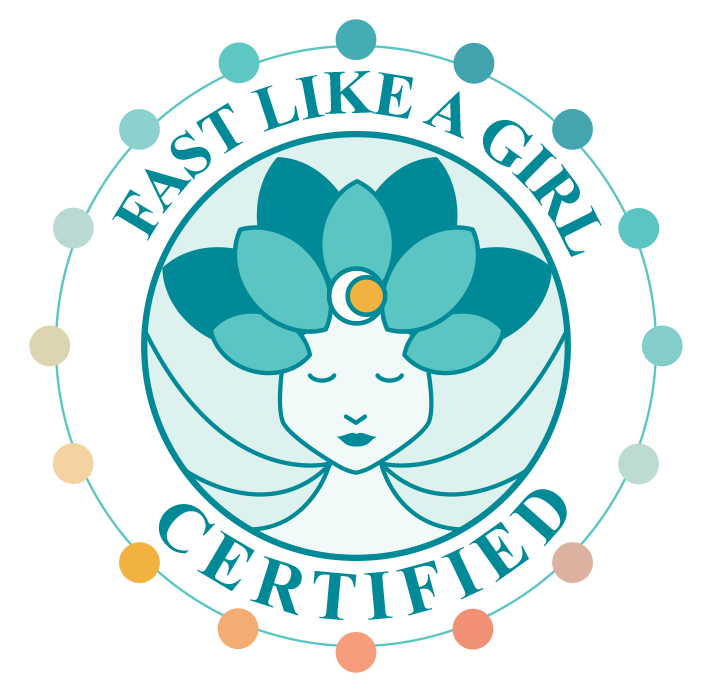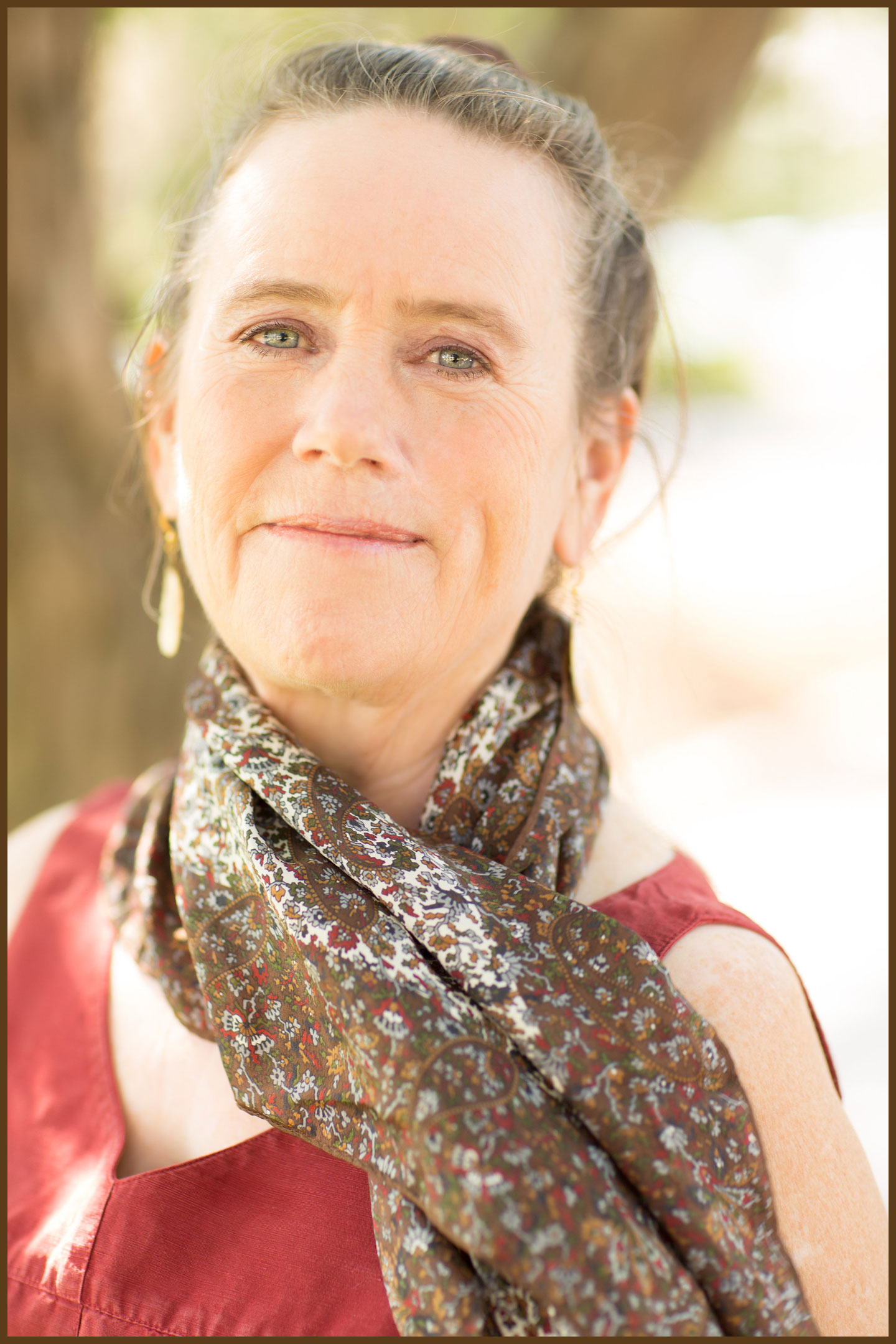Vitamin D3 – a mass experiment?
When nearly all patients who come to me are concerned about their vitamin D levels and are taking thousands of units a day, I have to wonder what new fad has swept the health field and what we will discover years into this mass population experiment. You see, my main mentor, Dr. Gueniot, had a very different perspective of vitamin D.
What I learned from Dr. Gueniot makes sense of the totality of my Naturopathic training, putting it in a perspective starting with our innate healing power, and our role as doctors to clear the way on the cellular level for it to work. As vitamin D is a hormone, he saw damaging effects on the cellular level from its use, like other exogenous hormones. They clog the ability of cells to eliminate their wastes and toxins, resulting in lowered function which leads to illness. He especially saw it damaging when given to children, and had a protocol to reverse that damage.
Dr. Alan Gaby
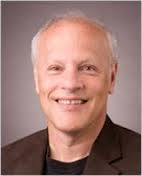 With the whole bandwagon of supplemental vitamin D based on all the studies correlating low vitamin D levels with illness, is anyone questioning correlation vs causation?
With the whole bandwagon of supplemental vitamin D based on all the studies correlating low vitamin D levels with illness, is anyone questioning correlation vs causation?
I was relieved to find Dr. Alan Gaby, MD giving voice to that question, backed by clinical studies. I am familiar with Dr. Gaby from the beginning of my medical training, because he presented at Naturopathic Conferences a “Nutrition Update,” reviewing the medical literature to summarize for us what works. When I heard Dr. Gaby voice that there is no evidence that blood tests reliably show vitamin D status, and questioned the high levels of vitamin D supplementation, I had my suspicions confirmed.
An Expert Panel
In the meantime, Dr. Gaby directed me to a statement by the expert panel the U.S. Preventative Services Task Force (USPSTF). Yes, they did their research, as evident by the list of references at the end of this recommendation published on the USPSTF website. And, yes, you might argue that they are vitamin-phobic and biased. But if you wish to make a conclusion on the existing evidence, this is the conclusion they reached:
The USPSTF concludes that the evidence on screening for vitamin D deficiency in asymptomatic adults to improve health outcomes is insufficient
Townsend Letter (January 2016)
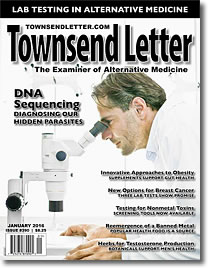 Dr. Gaby wrote an editorial for this issue warning “Testing 25-Hydroxyvitamin D Levels: It’s Not What It Seems.” He was able to summarize his findings and add new studies that casts doubt that labs know what they are testing when they report it as 25(OH)D. This is his clear and thoroughly-researched position:
Dr. Gaby wrote an editorial for this issue warning “Testing 25-Hydroxyvitamin D Levels: It’s Not What It Seems.” He was able to summarize his findings and add new studies that casts doubt that labs know what they are testing when they report it as 25(OH)D. This is his clear and thoroughly-researched position:
“the serum concentration of 25(OH)D is not a reliable indicator of vitamin D status, and that basing vitamin D dosage recommendations on 25(OH) levels has not been demonstrated to be either safe or effective.”
“25(OH)D testing has now evolved from not knowing what the numbers mean to not even knowing what we are measuring: all the more reason not to recommend routine use of this test.”
Editorial: Townsend Letter January 2016, pg 95 – 96
Then what is happening?
The missing link seems to be revealed in this particular study from The Lancet: vitamin D status and ill health: a systematic review.
A “systematic review” means that they analyzed many studies on adults: 279 on disease occurrence or mortality, 11 on cancer characteristics or survival, and 172 randomized trials of major health outcomes. That’s a lot of studies!
Some of these were prospective, meaning they followed a group of similar people who only differed in what they wanted to study: vitamin d, and looked at disease or death outcomes. Others were interventional, meaning a group was randomly divided into those taking vitamin D and those taking a placebo, and the result tracked.
In the words of their conclusion, this statement shines:
Truly, most prospective studies found moderate to strong relationship of lower 25(OH)D concentrations and
- cardiovascular disease,
- lipid levels,
- inflammation,
- glucose metabolism disorders,
- weight gain,
- infectious diseases,
- multiple sclerosis,
- mood disorders,
- declining cognitive function,
- impaired physical functioning,
- and all-cause mortality.
Intervention studies did not show an effect of vitamin D supplementation on disease occurrence.
In contrast, supplementation of elderly people (mainly women) with 800 IU/day of vitamin D slightly reduced all-cause mortality.
So, the missing link between low vitamin D levels and all these illnesses is that when there is chronic inflammation, vitamin D is low. And when there is inflammation, we find chronic disease and higher death rates. But supplementing with vitamin D does not reverse everything. In only the population of elderly women across the board does supplementing at the level of 800 IU per day prove beneficial.
Supplementing Vitamin D
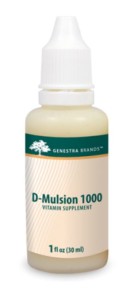 So, let’s follow the idea of supplementing. What level of supplementation is optimal? Of course, it must be individualized. But can certain levels of supplemental vitamin D be harmful?
So, let’s follow the idea of supplementing. What level of supplementation is optimal? Of course, it must be individualized. But can certain levels of supplemental vitamin D be harmful?
Observational studies show that moderate doses (800 – 1200 IU per day) are at least effective or more effective than large doses (6500 – 13,000 IU per day).
Dr. Gaby says that long term use of large doses may increase risk of kidney stones and atherosclerosis.
One particular study showed that lower doses were more beneficial in patients with Multiple Sclerosis.
- Patients with relapsing-remitting multiple sclerosis (MS) were divided into receiving high-dose (about 13,000 IU a day) and low-dose (about 1,000 IU per day) of vitamin D for 6 months.
- The results they tracked were MS lesions on the brain, answers to a questionnaire “Expanded Disability Status Scale” and the relapse rate. The brain lesions did not differ, but the high dose group did significantly worse in the disability scale and the relapse rate was significantly more in the high dose group.
Dr. Gaby’s conclusion:
Doses greater than 800-1,200 IU/day may be considered for patients with risk factors for deficiency, such as advanced age, malabsorption, lack of sun exposure, or distance from the equator. The risk/benefit ratio associated with aggressively treating blacks, Asians, and obese people is unclear.
How are blood levels of vitamin D related to fat concentrations?
There was an interesting study published in the European Journal of Endocrinology which spanned 5 years. 29 subjects received 20,000 IU of vitamin D3 or placebo once a week. Then blood levels were compared to fat tissue levels. We know that vitamin D is fat-soluble, so it would migrate to body fat for storage.
Look at the figures for blood levels – yes, they were higher in those given D3. But look at how much higher the fat levels of D3! This is where most of the D3 must be going!
These results indicate that subcutaneous adipose tissue may store large amounts of vitamin D, which is accompanied by only a modest increase in serum 25(OH)D levels.
| median concentration | subjects given vitamin D3 | subjects given placebo |
| serum 25(OH)D3 | 99 nmol | 62 nmol |
| fat vitamin D3 | 209 ng/g | 32 ng/g |
| fat 25(OH)D3 | 3.8 ng/g | 2.5 ng/g |
First, Do No Harm
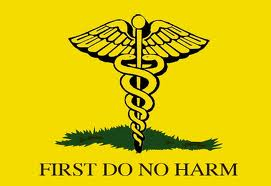 So, this mass experiment continues. But, after all, isn’t all of medicine as practiced now an experiment? But let’s not experiment with high doses of hormones – we already have a history of changed recommendations because what was once thought helpful was harmful. This reminds me of the first tenant of Medicine, which is “First Do No Harm.”
So, this mass experiment continues. But, after all, isn’t all of medicine as practiced now an experiment? But let’s not experiment with high doses of hormones – we already have a history of changed recommendations because what was once thought helpful was harmful. This reminds me of the first tenant of Medicine, which is “First Do No Harm.”
WANT TO USE THIS ARTICLE IN YOUR NEWSLETTER OR WEB SITE?
You can, as long as you include this complete blurb with it: “Naturopathic Physician Dr. Cheryl Kasdorf is a doctor who listens and has answers with a natural approach that works. She is known as the go-to person to get back your get-up-and-go when it is gone, gone, gone. Get your FREE gift “Dr. Kasdorf’s Health Secrets for Feeling & Looking Great” at drcherylkasdorf.com




